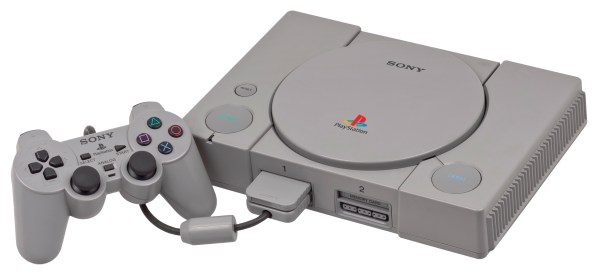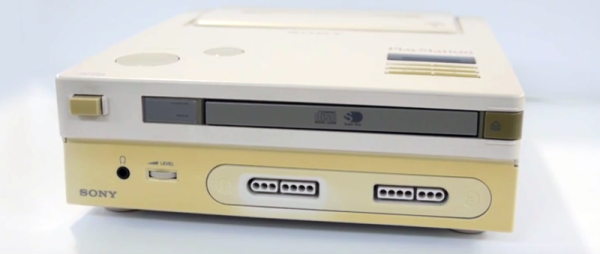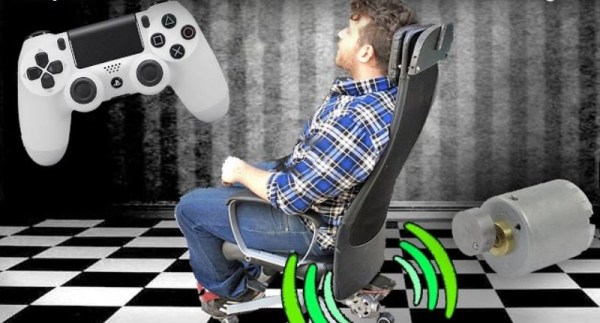Playgrounds were the comment sections of their day. Every weekday from exactly 1:17 PM until 1:43 PM there were swings to be swung, rumors to be spread, and debates to be settled by whomever was the loudest (some things never change). Allegiances were formed and battle lines were drawn based solely on what video game console you supported. It was this playground system that perpetuated the urban myths of the time.
For PlayStation fans there was the myth that you could save Aerith from her fate in Final Fantasy VII if you just cast the right spell, or the secret code in Tomb Raider that would let you see all of Lara Croft. There was the myth that no one could possibly copy a PlayStation game because all the bottoms of the discs were black. Even the very existence of the first PlayStation, the Super Nintendo PlayStation prototype, was an urban legend. The difference was that last one turned out to be true.
Let’s jump in and take a look at the cat and mouse game between modchip makers looking to defeat the original PlayStation’s copy protection, and Sony’s efforts to protect their castle.
Continue reading “How The Sony PlayStation Was Hacked”



















